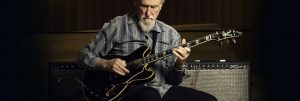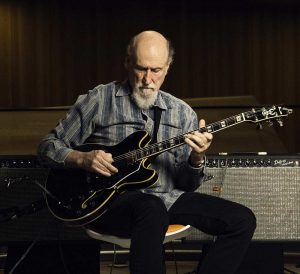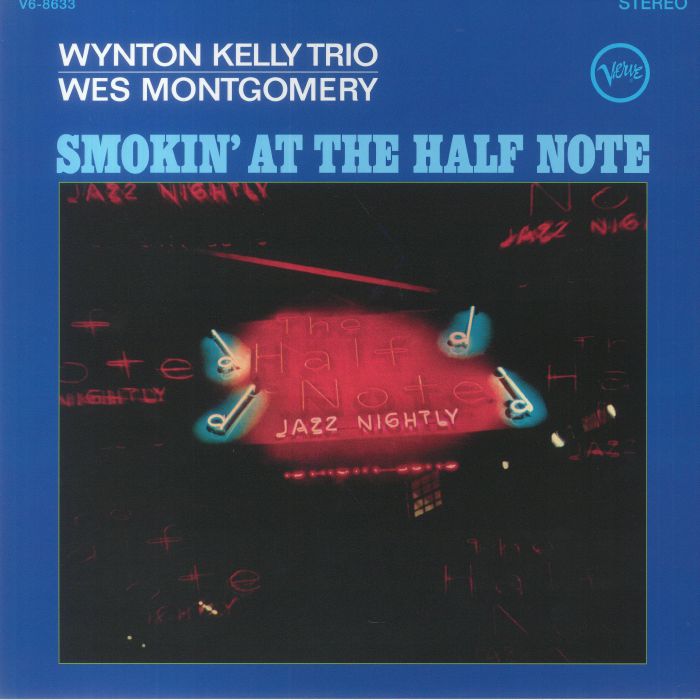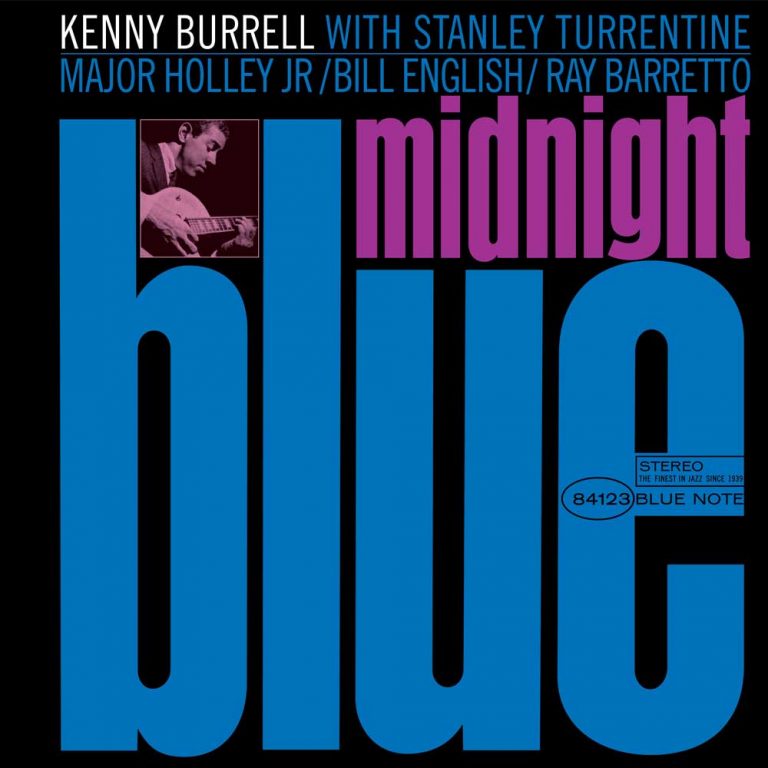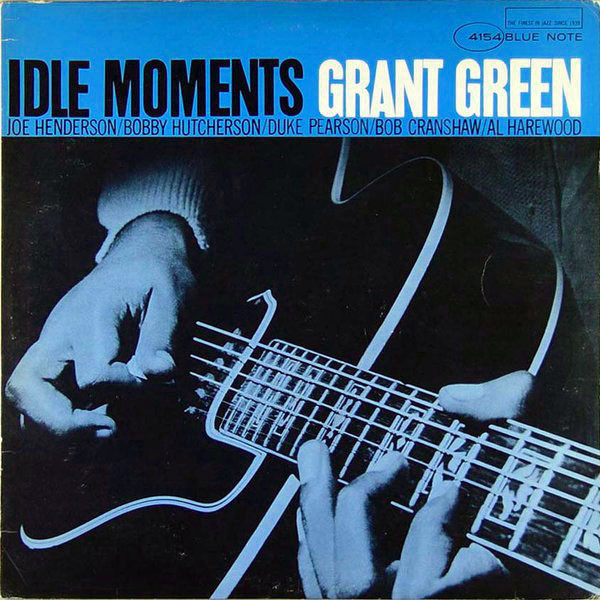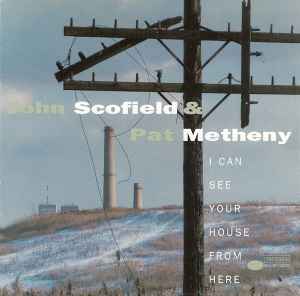The guitar was used in jazz groups from the very beginning. Most early New Orleans bands had a guitarist, and in fact, one of the first bands to be considered jazz-oriented was led by guitarist Charlie Galloway as early as 1889.
By the time jazz was starting to be recorded, the guitar (which was considered inaudible by recording engineers) was largely absent in favour of the louder banjo. By the mid 1920s and 1930s guitarists like Eddie Lang, Lonnie Johnson and Django Reinhardt had returned the guitar to its rightful place on the jazz bandstand – and guitarist Freddie Green driving Count Basie’s swing orchestra with his chopped percussive playing.

The turning point was the arrival in 1939 of Charlie Christian and the electric guitar. In 1958 African American novelist and musician Ralph Ellison wrote in New York’s Saturday Review, “with Christian the guitar found its jazz voice.” Unlike blues guitarists who favoured a more piercing trebly attack and crying bent notes, jazz players like Wes Montgomery and Grant Green leaned towards the mid and bass registers and fast melodic lines that move in and through chord changes. Blues guitarists like T Bone Walker and BB King used string bending to emulate the melisma of human voice but the dextrous style of bop shifted the guitar’s affinity with the singer towards the front line horn players and soloists.
The landmark recordings from Wes Montgomery, Kenny Burrell and Grant Green in the 1950s, 60s and 70s on Blue Note and Verve document the emergence of the unique tone of jazz guitar as a soloist’s instrument, but also they show how the voice of the guitar in jazz has been expanded by successive generations of guitarists from Pat Metheny to Julian Lage. Here are a few of our favourites.
Wynton Kelly Trio with Wes Montgomery: Smokin’ At The Half Note (Verve Acoustic Sound Series)
Wes Montgomery’s signature fleshy tone and lyrical phrasing transformed jazz guitar, influencing players from George Benson to Emily Remler. Wes struck the guitar strings with his thumb while his fingers were placed on the body of the guitar. Raking his thumb across the strings made his sound warm, percussive and fleshy. Another Montgomery characteristic was to thicken up a melody line by doubling it an octave apart
Montgomery is on top form from the first bars of this live collaboration with pianist Wynton Kelly, drummer Jimmy Cobb, and Paul Chambers on bass. In the Summer of 2021, Pat Metheny told Wes’s son Robert Montgomery “I didn’t have many records [in 1967/68] and one of them was “Smokin at the Half Note”. I got it right away. Wes told stories in his solos. And Literally I can trace almost everything that I do [is] formed by that record.” For Metheny his abiding lesson was not an arsenal of licks and phrases on records like this to slavishly copy but rather finding a unique voice. Metheny concluded, “I wanted to do what he did… he found him. He found his sound. He found his way of being himself. And to me that’s a much larger lesson.” Metheny owns Wes Montgomery’s iconic Gibson L-5 archtop which was owned previously by George Benson. Metheny rarely plays the guitar rather it serves as a reminder of Montgomery’s message: don’t just emulate, innovate.
Kenny Burrell Midnight Blue
Released in 1963, “Midnight Blue” is a milestone for all guitar records on Blue note. Born in 1931, Burrell was almost ten years younger than Wes Montgomery and a meeting between the two guitarists in Detroit when Burrell was still a teen left a lasting impression.
Between 1958 and 1963 Burrell was a much in demand New York session guitarist. In an interview with Vintage Guitar in 2016 he estimated he played on 1,560 records, among them Louis Armstrong’s hit “Wonderful World.” His eclecticism and love of the blues comes through in his playing particularly on tracks like “Chitlins Con Carne” and “K Twist”. The signature tone of his hollow body Gibson Super 400 – so named for its $400 price tag which was a fortune when it was launched in 1934 – is pure jazz guitar. “I like a fat, warm sound,” he told Wolf Marshall, “I set the Treble lower, the Bass medium, and pump up the Middle [on the amplifier]”

Grant Green Idle Moments
Grant Green’s hard bop album “Idle Moments” released in 1965 is proof that jazz guitar is not just about fast runs and fingerboard shredding. On the title track, Grant Green’s tasteful note choices are like listening to a whispered secret being revealed one note at a time. The arrangements are languid and extended and the whole album is composed of just four pieces. Against this, Green’s guitar tone is sometimes wiry and cutting. Up until the mid 1960s, Grant Green played a Gibson ES-330 thin line, double cutaway guitar fitted with P-90s (single coil elements) instead of the warmer Humbuckers pick-up of the more popular ES-335 model. He achieves a mid-range punch by turning off the bass and treble settings on his amplifier and maximising the impact and cut of the guitar’s tone through the lush arrangements provided by pianist Duke Pearson and vibraphonist Bobby Hutcherson.

John Scofield & Pat Metheny: I Can See Your House From Here (Blue Note Tone Poet Series) 2LP
While the sonic heart of jazz guitar is traditionally characterised by the mellow midrange tone of a hollow body instrument, today it is much more than that. From John McLaughlin’s collaborations with Miles Davis to this album by jazz guitarists John Scofield and Pat Metheny released in 1994. There is an incredible range of guitar textures from acoustic Flamenco traditions on “Message to a Friend” to rock guitar tones and effects from sustain and distortion to chorusing. On the stereo recording, Scofield is heard on the left channel and Metheny on the right. When they play the head melody together on “Everybody’s Party” there is a seamless fusion of their tones, then when they separate Scofield distorted angular bebop solo is then contrasted by Metheny’s smooth melodic inventiveness. This album showcases the sonic diversity of jazz guitar. This is no less true today from the jazz-metal of the Munich quintet Panzerballett led by guitarist, composer and arranger Jan Zehrfeld, to Julian Lage’s genre blending virtuosity.

Read on…Lou Donaldson and the 1960s Soul Jazz Sound
Les Back is a sociologist at the University of Glasgow. He has authored books on music, racism, football and culture, and is a guitarist.
Header image: John Scofield. Photo: Maxim Schulz / ECM Records.

